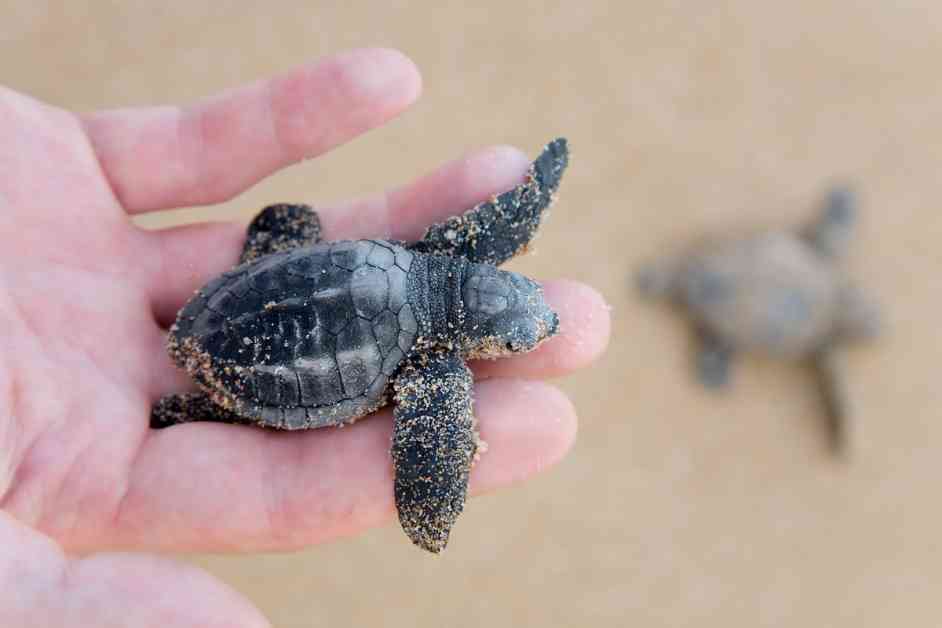Intriguing Discovery: Sea Turtle Dance Unveils Magnetic Mapping Abilities
Sea turtles are renowned for their epic migrations, traveling thousands of miles with unwavering precision. Despite the vast distances they cover, they never lose track of where they have been or where they are going. These elegant creatures come back year after year to specific foraging grounds, displaying an innate navigation system that has long fascinated scientists.
Recently, researchers delved into the intricate world of sea turtle navigation, uncovering a remarkable ability that sheds new light on their magnetic mapping skills. The study, published in Nature, reveals how loggerhead sea turtles showcase a unique behavior when encountering magnetic conditions associated with food. This behavior, akin to a joyful dance, provides insights into the turtles’ remarkable capacity to learn and retain magnetic signatures of specific locations.
A Team of Experts Unveils a Surprising Connection
Lead author Kayla Goforth, a marine biologist at Texas A&M University, spearheaded the groundbreaking study. Through meticulous experiments and observations, Goforth and her team sought to understand the intricate relationship between sea turtles and Earth’s magnetic field.
To put their hypothesis to the test, the researchers collected juvenile loggerhead sea turtles from an island off North Carolina. The turtles, after being carefully monitored and studied, were placed in controlled environments where magnetic fields were manipulated to replicate various geographic locations along the Eastern Seaboard. These locales ranged from the Gulf of Mexico to the coast of Maine, each with distinct magnetic signatures.
The turtles were exposed to two different magnetic fields, with food being provided in only one of them. Over a conditioning period of two months, the turtles associated the magnetic conditions with feeding, showcasing their distinctive dance-like behavior. Even when food was no longer present, the turtles continued to display this behavior when exposed to the magnetic conditions linked to past feedings, highlighting their ability to retain magnetic coordinates.
A Fascinating Dance of Learning and Discovery
The researchers’ findings not only shed light on sea turtle behavior but also underscore the importance of food sources for these majestic creatures. Marine biologist Jeanette Wyneken, an expert in sea turtle studies at Florida Atlantic University, emphasizes the significance of efficient food location for the turtles’ development and survival. “It’s very important for young sea turtles to outgrow predator mouths as quickly as possible,” she says.
Moreover, the study revealed that sea turtles possess dual magnetoreception systems, allowing them to detect magnetic fields with remarkable accuracy. By disrupting the turtles’ ability to orient themselves via magnetic fields, the researchers confirmed that the turtles could still recognize specific magnetic coordinates, showcasing the complexity of their navigational skills.
The implications of this study extend beyond sea turtles, hinting at a common feature in the vertebrate travel toolbox. Goforth and her team propose that magnetic compasses and maps might be more prevalent among diverse species than previously thought, opening up new avenues for exploration and understanding in the field of animal navigation.
As we delve deeper into the mysteries of the natural world, the sea turtle dance offers a captivating glimpse into the intricate web of connections that bind us to the environment. Through their graceful movements and remarkable abilities, these majestic creatures remind us of the wonders that await discovery beneath the surface of the sea. Next time you catch a glimpse of a sea turtle in its natural habitat, take a moment to appreciate the hidden dances of nature unfolding before your eyes.










